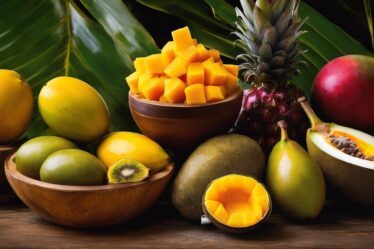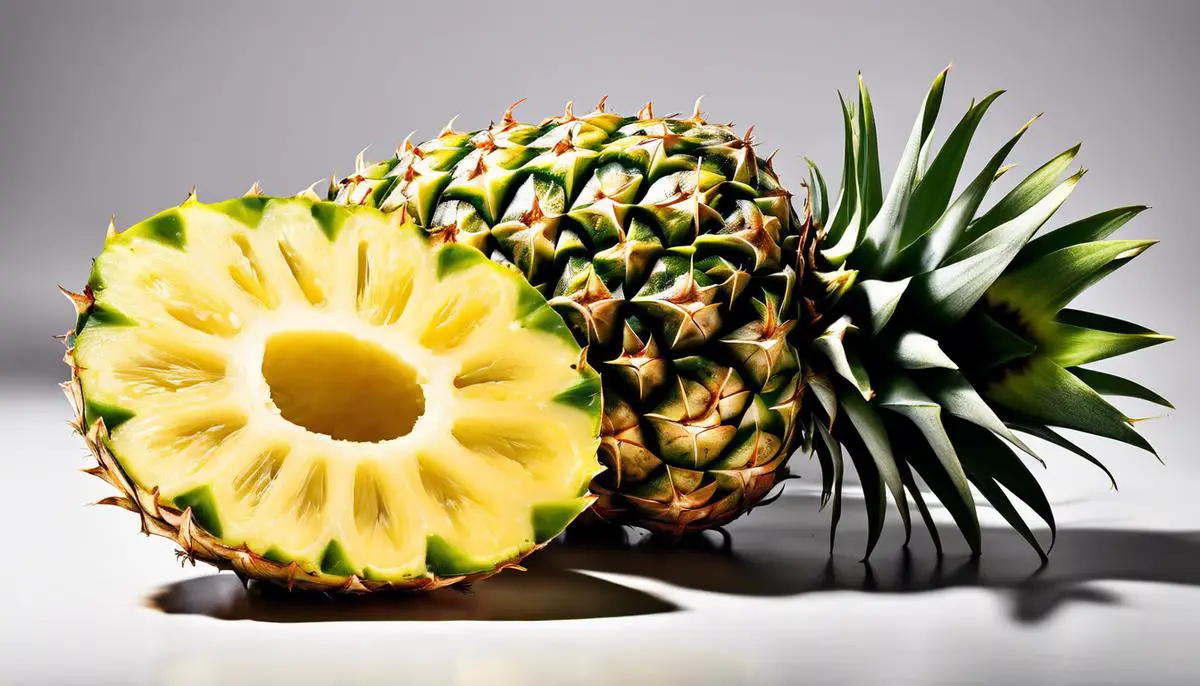
The South African Baby Pineapple, a delightful treasure tucked away in the luscious landscapes of South Africa, has crept into the hearts and kitchens of health-conscious families around the globe. Renowned for its petite size yet bursting with vibrancy, this tropical gem is not only charming in appearance but is also laden with an array of nutritional benefits that pave the way to a wholesome lifestyle. The journey towards cultivating a nourishing family environment often starts at the dining table, and through this exploration, we will uncover the multitudinous virtues of incorporating the sweet, tangy goodness of baby pineapple into everyday meals. As we delve into the essence of these miniature marvels, we’re set to inspire both your palate and your gardening aspirations, bridging the gap between delicious sustenance and the joy of growing your very own fruit.
Nutritional Benefits of Baby Pineapple
Sweet on Nutrition: Why Baby Pineapples are a Family Superfood Delight!
Hey there, lovely families!
Are you always on the hunt for tasty treats that pack a nutritional punch for you and your little ones? Well, have you heard the buzz about baby pineapples recently? These mini versions of the tropical favorite aren’t just adorable; they’re also brimming with benefits that every family member can enjoy. Let’s dive into why you should be just as excited about baby pineapples as they are about sprouting into the world!
First things first, baby pineapples are incredibly convenient. Their petite size makes them the perfect snack for tiny hands, and honestly, their cuteness can inspire even the pickiest of eaters to try something new and healthy. Plus, they’re less intimidating than their larger counterparts, so no need to wrestle with tough skin and a bulky core.
Now, onto the juicy details – the nutritional value. Baby pineapples are an excellent source of vitamin C, crucial for keeping everyone’s immune systems in tiptop shape. We’re talking about warding off colds and keeping those little bodies resilient. But it’s not just about fighting germs; vitamin C is also essential for growth and repair of tissues all over the body, perfect for those growing kiddos.
These sweet gems are also rich in manganese, a mineral that’s key for bone health. As those bones are growing, it’s more critical than ever to support them with the right nutrients, and baby pineapples are here to save the day. Not to mention, they also give a helping hand in metabolizing carbs and proteins, giving your family the energy they need to power through the day.
What’s more, baby pineapples are loaded with dietary fiber, which we all know is the superhero of digestion. If staying regular is a priority in your household (and let’s face it, it makes everyone happier when it is), then keeping these little guys around will do everyone’s digestive system a favor.
Also, let’s talk antioxidants. Baby pineapples contain these protective compounds, specifically bromelain, which is thought to aid in reducing inflammation – goodbye, pesky aches and pains! And for the adults in the family, bromelain’s support in breaking down proteins can also encourage a little kickstart to metabolism.
But the sweetness doesn’t stop there. Being low in calories, baby pineapples can be a guilt-free addition to any snack time or dessert menu. Want to add a bit of tropical flair to your breakfast yogurt or cottage cheese? Pop in some baby pineapple. Looking for an afterschool snack that’ll have the kids raiding the fridge with glee? A bowl of baby pineapple chunks will do the trick!
And let’s not forget the magic they can work on family mealtime at the dinner table. Their tangy flavor and natural sweetness can enhance savory dishes, transforming them into something truly special that will tickle those taste buds and have everyone asking for seconds.
So next time you pass by these miniature wonders in the grocery store, remember their mightiness isn’t just in their irresistible charm but in the wealth of health benefits they pack. Baby pineapples might just become the next nutritional superstar in your family’s diet. Let them bring a burst of sunshine and vitality into your home. Trust us, your bodies (and your sweet tooth) will thank you!
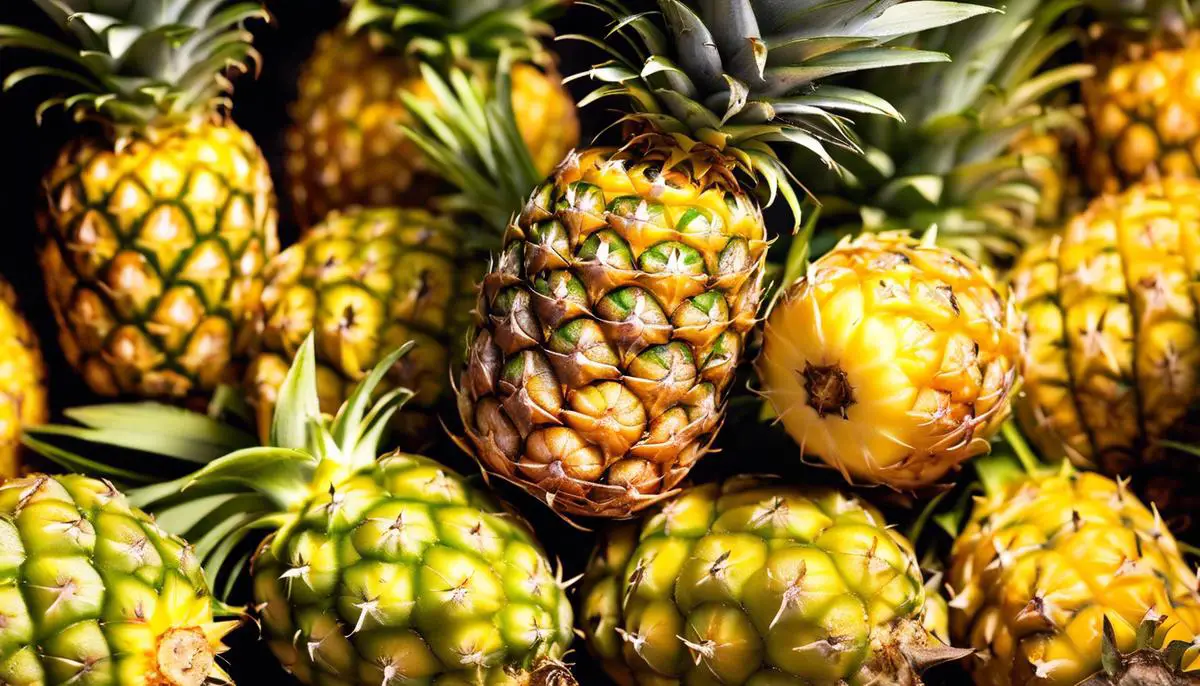
Incorporating Baby Pineapple into Family Recipes
Sweeten Up Your Family Feasts with Baby Pineapple Perfection
Sure, pineapple is a sweet treat that many of us covet during those balmy summer months, but have you ever delved into the world of baby pineapples? These diminutive delights are not only charming in size, but they’re also a powerhouse when it comes to spicing up family meals with something fresh and exciting. Let’s move beyond the obvious and delve into creative ways to incorporate baby pineapples into family-friendly culinary adventures.
First off, let’s talk about dinnertime. Picture this: a tender, home-cooked chicken breast that has been delicately marinated in cubed baby pineapple. As it grills, the sugars caramelize, creating a balance of smokiness and sweetness that can only be described as heavenly. Not only does the pineapple act as a natural meat tenderizer, but it also infuses the meal with a flavor that’s sure to have the little ones asking for seconds.
Now, consider taking a global spin and crafting a tropical salsa. Chop up baby pineapple into small pieces and toss them with some diced cucumber, red onion, cilantro, and a squeeze of lime juice. This simple yet exotic topping can elevate a regular fish taco night to a vibrant feast that’s perfect for sharing and generating laughter around the dinner table.
And let’s not forget about pizza night. Swap out the controversial canned pineapple for fresh baby pineapple chunks on that homemade pizza. When scattered across a bed of bubbling cheese and ham, they transform a simple pie into a gourmet Hawaiian homage that’s both sweetly satisfying and unmistakably fresh.
On to the veggie side of things—roast baby pineapple alongside root vegetables like sweet potatoes and carrots. The pineapple’s zesty touch can brighten up the earthy tones of the vegetables, making it a side dish that might just steal the spotlight.
Now imagine breakfast time: whole wheat pancakes topped with baby pineapple rings create a visual treat that’s as Instagram-worthy as it is nutritious. Drizzle with a touch of honey or maple syrup, and you’ve got a meal that encourages sleepyheads to rise and shine with a smile.
Moving towards the sweeter side of life, transform the baby pineapple into a delightful dessert by grilling it with a sprinkle of cinnamon. This simple preparation method brings out a caramel-like flavor that’s unexpectedly rich. Pair it with some frozen yogurt, and voila—a dessert that’s as indulgent as it is family-friendly.
Lastly, let’s not overlook the charm of a refreshing drink to sip on those slow afternoons. Blend some baby pineapple pieces into a smoothie with a handful of spinach, a banana, and a splash of coconut water for a revitalizing treat. Or, infuse some water with baby pineapple chunks for a subtly sweet hydration option that’s undeniably better than any store-bought beverage.
With these ideas, baby pineapples are sure to become a staple in any family’s culinary repertoire. They’re versatile, fun, and undeniably tasty, making them a fantastic ingredient to brighten up meals and snack times. Let the little ones join in on the preparation fun, and create memorable kitchen moments that revolve around the joy of eating good food together. Happy feasting!
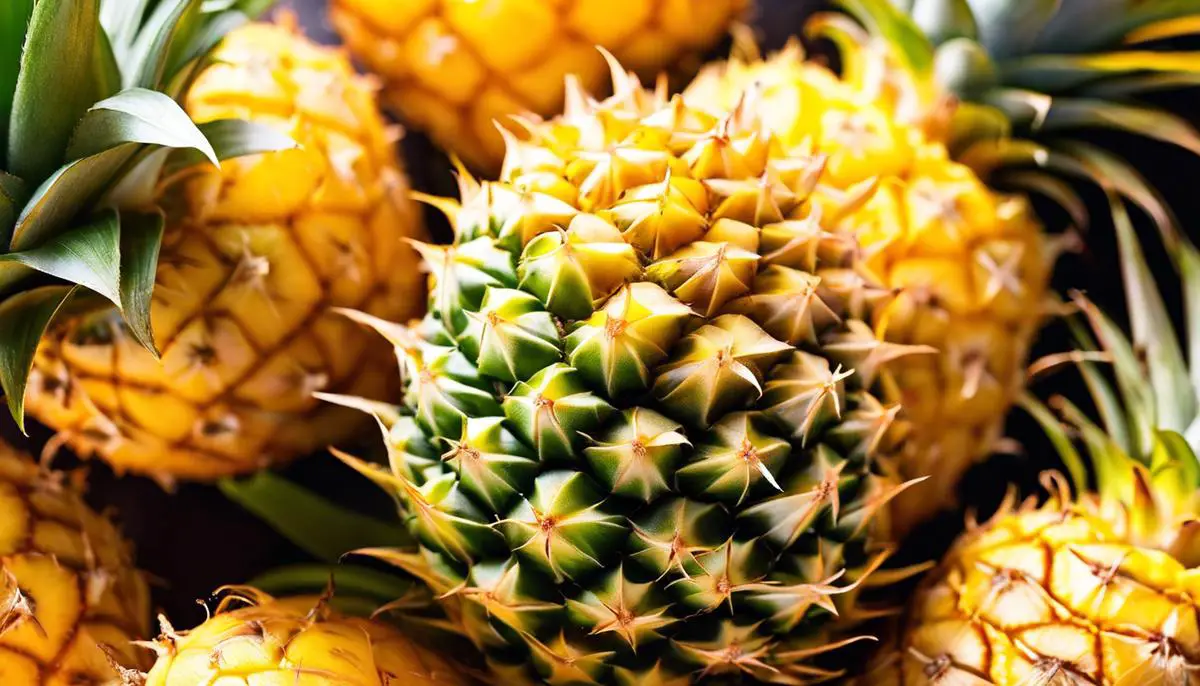
Growing and Caring for Baby Pineapple Plants
Continuing on the delicious journey of growing South African baby pineapple plants at home, there are several crucial tips for families to help these exotic fruits thrive right in your backyard or even inside your home!
Firstly, let’s talk about the right environment. Baby pineapples, being native to a toasty South African climate, covet warmth and sunshine. If you’re living in a region with a cooler climate, it’s best to grow them indoors where you can create a mini tropical haven. Ensure they’re positioned in a spot that receives plenty of indirect sunlight.
Now, for the potting and soil. Choose a container with ample drainage holes to prevent waterlogging – baby pineapple plants do not appreciate soggy feet! When it comes to the soil, opt for a light, well-draining mix enriched with organic matter. A sandy loam or a mix specifically designed for cactus and succulents often works wonders.
Watering is next on the list. These plants are somewhat drought tolerant but do require consistent moisture during their growth period. The golden rule of thumb: water when the top inch of soil feels dry to the touch, but avoid overwatering. Think of mimicking a light tropical rain rather than a heavy downpour.
Feeding the plants is also a vital part of their care. A balanced, water-soluble fertilizer every few weeks during the growing season will support their growth. But ease up on feeding as the weather cools down or if the plant is indoors with less sunlight during the winter months.
One cannot forget the pollination. While many pineapple plants self-pollinate, sometimes they need a little help. Families can gently brush the center of the pineapple flower with a soft paintbrush to transfer pollen from one flower to another within the same plant.
Now, what about the fun part? Propagating! Baby pineapples can be propagated using the crowns of ripe pineapples. Involve the kids by letting them twist off the top and prepare it for rooting. Remember, patience is key. It may take a couple of weeks before you see roots appearing, but the anticipation and excitement are part of the adventure.
As for potential pests and diseases, always be on the lookout for signs such as brown leaves or wilting. Typical indoor plant culprits like spider mites, mealybugs, and scale may try to make an appearance. Gentle, organic remedies often do the trick, and they’re safer for the family as well.
When the time comes, the reward of harvesting your very own baby pineapples is indescribable. It typically takes between one to two years for a homegrown baby pineapple to mature, so resilience and persistence are key virtues to impart to the little ones. When the fruit is a golden color and gives off a sweet scent, it’s a sign that it’s ready for picking!
Last but not least, involve the whole family in the care routine. Give everyone a specific task – be it watering, feeding, or just keeping an eye for pests. It’s not just about growing a plant; it’s about nurturing nature, practicing responsibility, and appreciating the fruits (quite literally) of one’s labor as a cohesive unit.
In the end, the journey of growing a South African baby pineapple plant at home can be an extraordinary one. Full of learning opportunities, family bonding, and ultimately, a deliciously sweet reward. Happy planting!
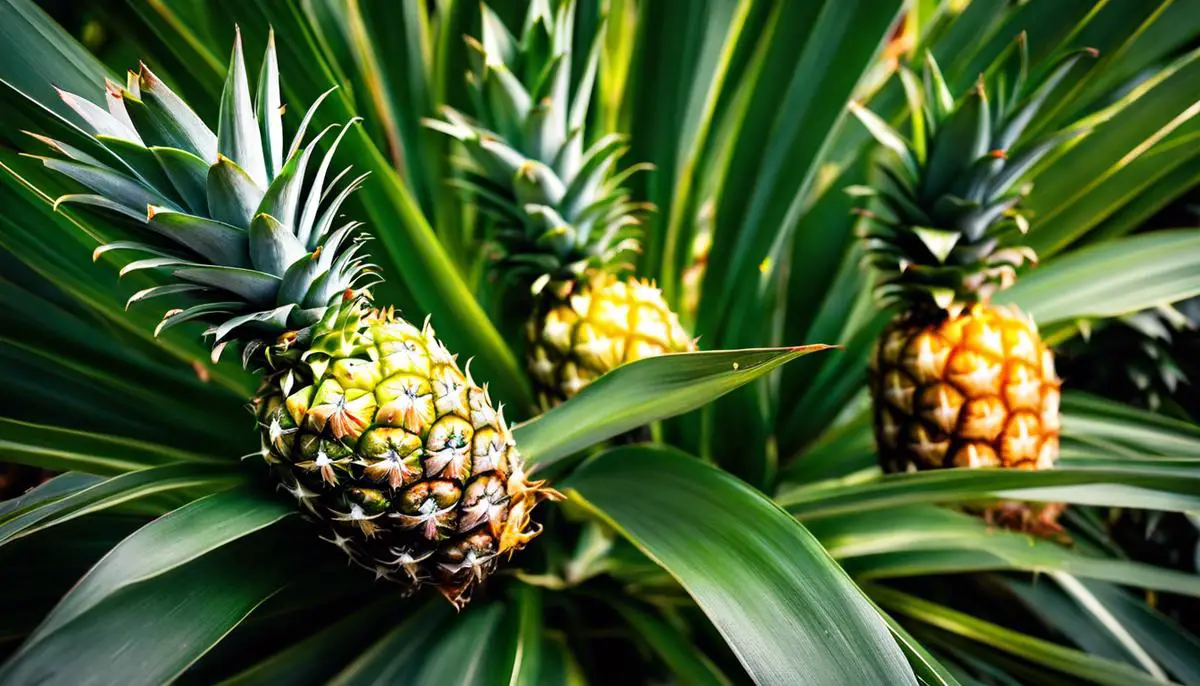
Fun Facts and Educational Points About Baby Pineapple
Hey there, families! Today we’ve got a slice of tropical fun that’s sure to tickle the curiosity of our little ones and impart some wisdom along the way. Let’s dive into the surprisingly fascinating world of baby pineapples and discover some intriguing facts that will get the kids as excited about this fruit as finding a hidden toy in the sandbox.
First off, did you know that baby pineapples, just like their bigger counterparts, actually wear a crown? The spiky top of a pineapple is often referred to as the “crown,” and it’s not just for show—this leafy tuft can be used to grow a new pineapple plant. Adventures in gardening, anyone?
When it comes to baby pineapples, one can’t help but marvel at their life cycle. The plants take about a year to flower, and once they do, their blossoms are an astonishing sight. Did you know each flower corresponds to an individual fruit segment? Kids will be amazed at how this once small plant blossoms into an intricate pattern of flowers that transform into the sweet and juicy treat they love.
Let’s get a little “science-y” here—did you know that pineapples are actually considered berries? Yes, you heard that right! Technically, they are a collection of berries that have fused together around a central core. This could be a fun fact to share at your next family meal; just imagine the looks of surprise!
Continuing through the pineapple patch, you might be intrigued to know that baby pineapples thrive in a warm environment, making them a perfect educational project for families living in sunny climes or those with access to a warm indoor space for plant friends. Watching baby pineapples grow is not only a lesson in patience but also a fascinating process that can teach children about sustainable living and where their food comes from.
It’s also interesting to note that pineapples can only flower once and fruit just one pineapple at a time—talk about putting all your effort into something precious! After enjoying that fruit, the plant may produce smaller side shoots for additional pineapples before its life cycle ends.
Lastly, the best way to determine if a baby pineapple is ripe and ready to enjoy is by sniffing its base. A ripe pineapple will emit a sweet, inviting aroma that lets you know it’s time to savor its deliciousness. Whether you and your little ones are fruit-sniffing in the kitchen or pruning baby pineapple plants in the garden, this experience is bound to leave them in awe and maybe even spark an interest in botany.
Remember, every moment spent exploring with your children is an opportunity to learn and grow together. So why not add a baby pineapple plant to your family and watch the wonder unfold? It might just be the beginning of a lifetime filled with exploration and natural discovery. Keep it sweet, keep it fun, and keep planting those seeds of knowledge!
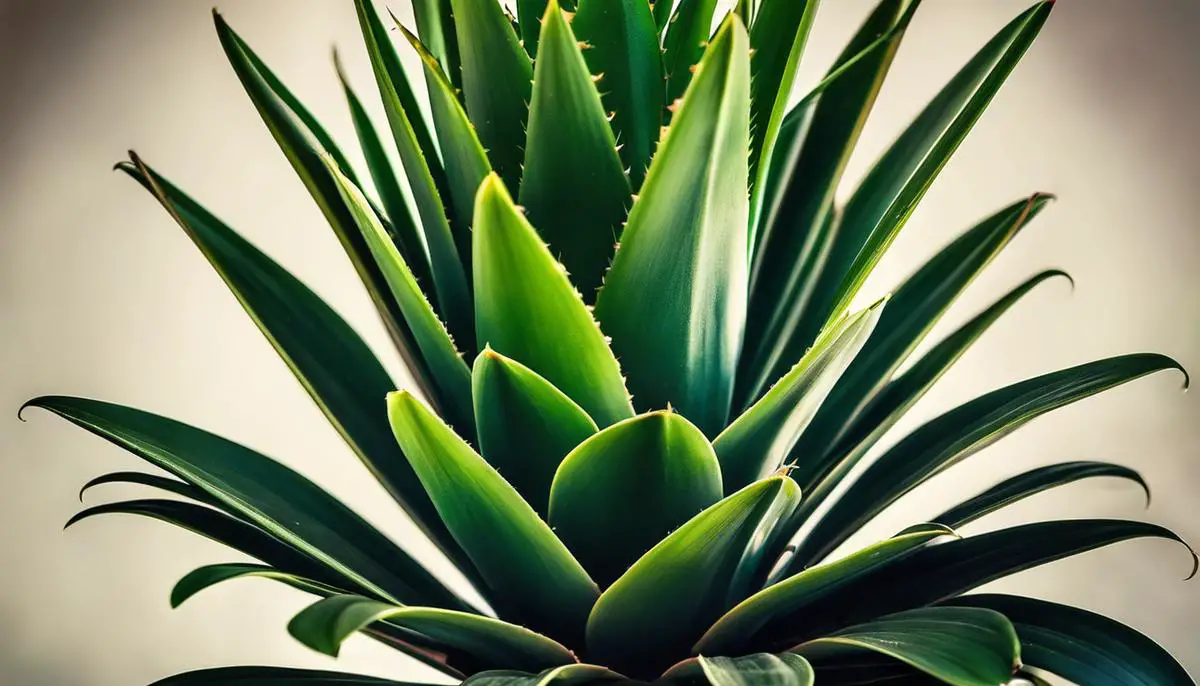
Safety and Allergy Information Regarding Baby Pineapple
Allergy Concerns and Safety Tips for Children and Baby Pineapple
Now, as much as we adore baby pineapples for their size, nutritional punch, and versatility in our meals, it’s crucial to discuss a topic that’s close to the hearts of every parent: introducing new foods to our children safely. Before you set that beautifully diced baby pineapple on your little one’s highchair tray, let’s dive into what you need to know about potential allergies and safety concerns.
First and foremost, awareness is key when it comes to food allergies. Pineapples, albeit not the most common allergen, can cause reactions in some children. This tropical delight belongs to the bromeliad family, and its main allergen component is bromelain. If you notice any signs of itching, swelling, or difficulty breathing after your kiddo samples pineapple, it’s essential to consult a healthcare provider promptly. It’s also wise to introduce baby pineapple at a time when other new foods aren’t being presented, so you can easily identify the culprit in case an allergic reaction occurs.
Pineapple can also affect sensitive tummies, especially for those new to this zesty fruit. It contains a high level of acidity, which may cause mouth irritation or a mild rash around the lips in some children. This isn’t necessarily an allergic reaction; rather, it’s a skin response to the acidity. A good tip is to serve baby pineapple alongside other foods that can help neutralize its acidity, like yogurt or cottage cheese. Also, limiting portion sizes can help prevent any discomfort.
Another point for consideration is the age at which you introduce baby pineapples. While there isn’t a one-size-fits-all approach, many experts suggest waiting until after a baby’s first birthday to offer pineapple. This timeline allows the child’s digestive system to mature enough to handle the more complex proteins and acids found in baby pineapple. Additionally, always ensure that pineapple is cut into age-appropriate sizes to avoid choking hazards. For young toddlers, finely chopped or pureed baby pineapple is the way to go.
For families focused on cultivating a healthy lifestyle, being aware of potential pesticides on your fruits is also important. Choosing organic baby pineapples when available, or thoroughly washing the non-organic varieties, will help minimize exposure to these chemicals. This may not prevent an allergic reaction, but it’s a step towards ensuring the overall safety of the food offered to your family.
Lastly, engage with your child’s pediatrician. Discussing new food introductions with them is always beneficial. They might provide personalized guidance based on your child’s health history, and offer suggestions for a gradual introduction plan.
By keeping these key points in mind, you can comfortably and confidently introduce baby pineapple into your family’s diet, while also fostering a safe and positive experience with new foods for your precious little ones. Here’s to new flavors and happy, healthy family adventures around the dining table!
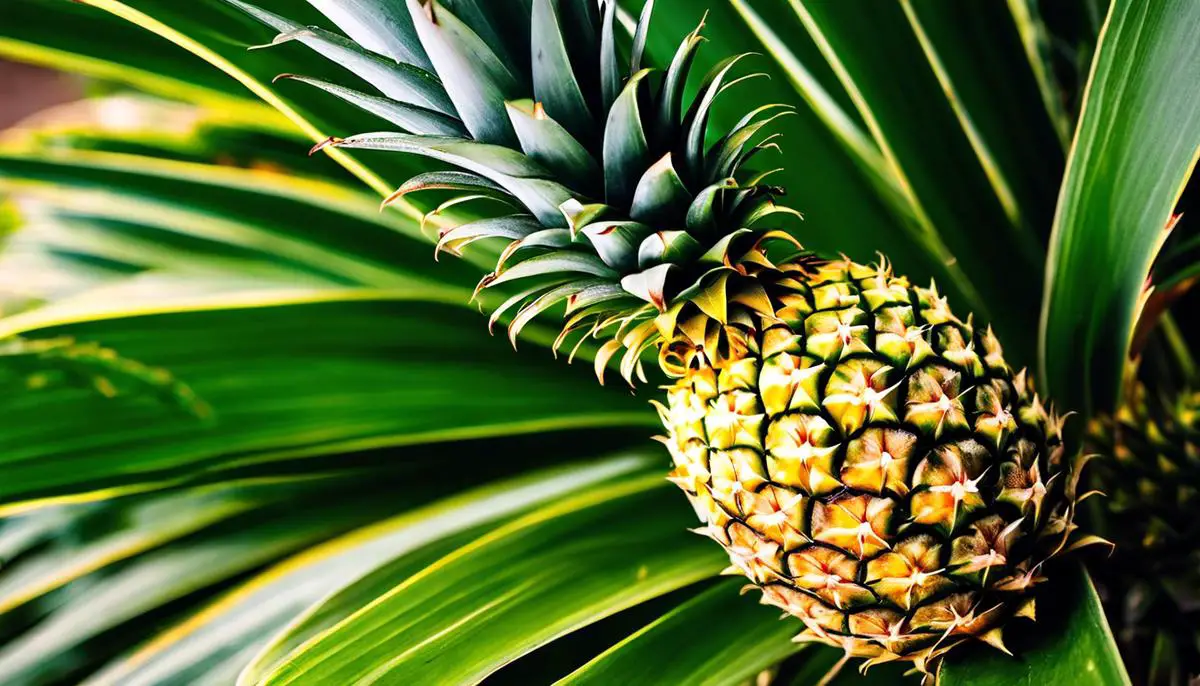
The dance of sweet and tangy tones that the South African Baby Pineapple brings to family life reverberates long after the last slice is savored. It is this harmony of flavor, health, and joyful togetherness that positions the baby pineapple not merely as a fruit, but as a catalyst for family bonding, learning, and the pursuit of a well-rounded, healthy diet. As you continue to unveil its layers, be it through crafting inventive meals, nurturing a plant in your home garden, or engaging in educational conversations sparked by its rich heritage, let the baby pineapple be a perennial source of nourishment, knowledge, and delight. May the vibrancy of this petite powerhouse echo through each dish, each lesson learned, and each life it lovingly touches within your home.



